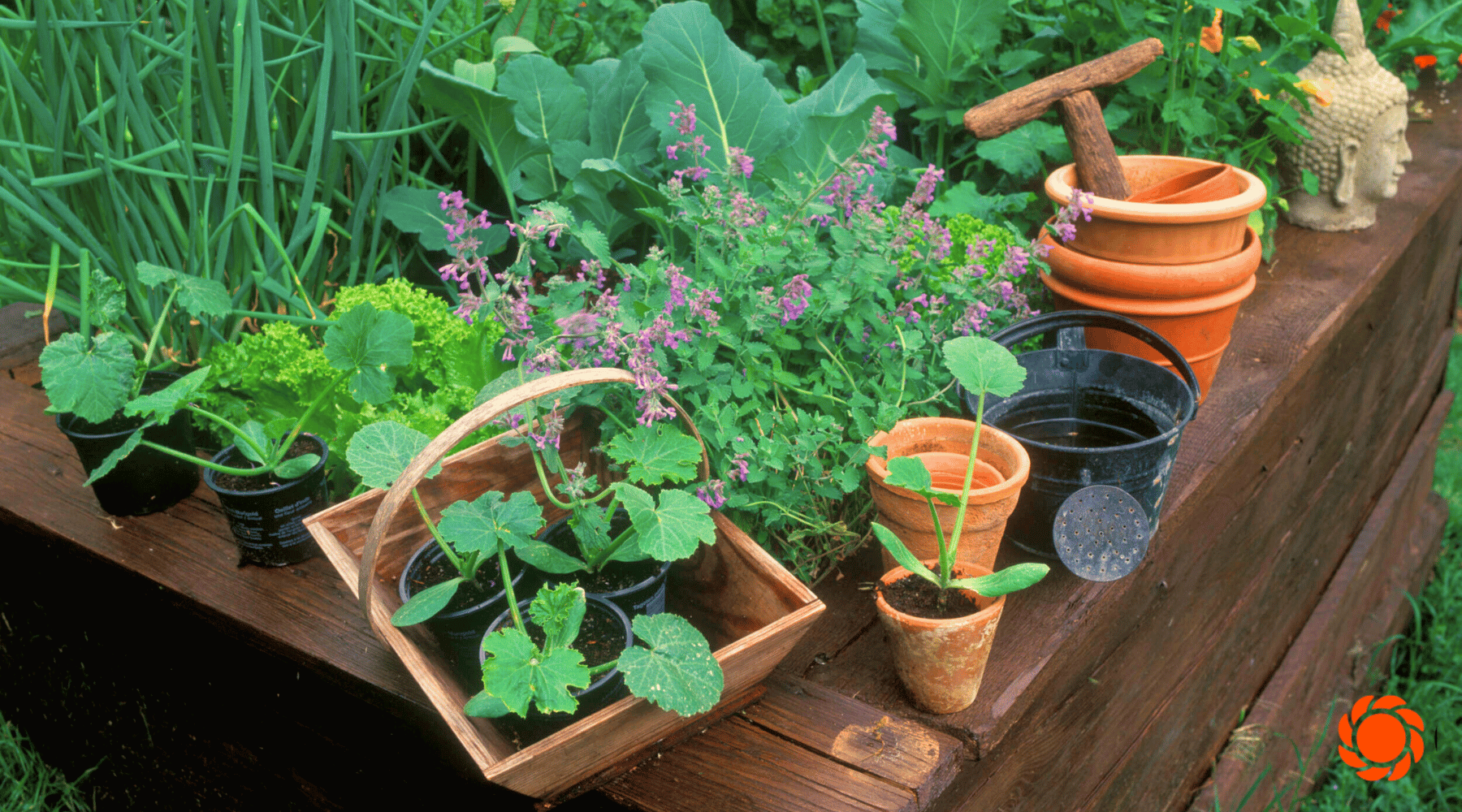Spring Garden Prep: What You Should Be Doing Right Now

As a gardener, there’s something so magical about this time of year. The days are getting longer, the air is starting to soften, and my hands are itching to get back into the soil. While it may still be chilly outside, now is the perfect time to get a jump-start on the growing season. If you’re anything like me, a little planning and prep now makes for a much more rewarding (and less hectic) spring season. Here’s a peek at what I’m working on at the moment to set myself up for success.

Planning & Organizing
Before I even step outside, I want to take some time to reflect on last year’s garden. What thrived? What was a flop? What do I want to do differently this year? Once I’ve got a solid plan, I get to work on the essentials:
- Plan Your Garden Layout: Take notes on what you want to plant and make a diagram of your garden’s layout. Keep in mind the external factors, like the amount of sunlight that an area receives or wind exposure. This will help you conceptualize your space before anything is in the ground. (Tip: Consider crop rotation to keep your soil healthy!)
- Remember Your Pollinators: Bees and Butterflies are drawn to brighter colors in your garden, so make sure to carve out some space for them!
- Order Seeds & Supplies: Stock up on seeds, soil amendments, and tools before everyone else starts shopping.
- Check & Maintain Tools: Sharpen and clean up your pruners, trowels, and hand tools. Replace anything broken. A dull, dirty blade can do way more harm than good, spreading any fungus or disease from plant to plant. (Note: GARDENA pruners will never need sharpening.)
- Start a Garden Journal: I track planting dates, weather patterns, and pest problems so I can fine-tune my approach every year. This also serves to aid me later on, just in case I get a little forgetful about my original ideas.

Soil & Bed Prep
A garden is only as good as its soil, so I will never skip this step! Even before planting, there’s plenty to do:
- Clean Up Garden Beds: Remove dead plants, weeds, and debris from last season. I also like to leave some dried seed heads for the birds!
- “Leaf” them alone: It’s best to let your beds’ leaves lie, since bees like to make their homes here during the cooler temps. These also help put nutrients back into the soil as they break down, and add extra protection against any late, unexpected frost.
- Amend the Soil: Add compost, aged manure, or organic matter to enrich the soil and prepare for new growth.
- Test Your Soil: Checking pH and nutrient levels helps me adjust as needed (lime for acidity, sulfur to lower pH, etc.).
- Mulch Bare Spots: A layer of mulch keeps the soil warm, retains moisture, and prevents weeds from taking over.
- Set Up Raised Beds or Containers: If I need new raised beds, I will get them ready now so they can settle before planting.

Starting Seeds Indoors
If you’re eager to start growing, starting your seeds indoors is the way to go! Some plants (like tomatoes and peppers) need a head start before transplanting outdoors. Here’s what I like to do:
- Check Seed Starting Dates: Most vegetables should be started indoors 6-8 weeks before the last frost. This timeline can vary regionally, so if you’re a little ahead or behind, don’t fret!
- Set Up a Grow Station: Trays, seed-starting mix, grow lights, and maybe even heating mats for those plants who need a little more incubation.
- Label Everything: Trust me, you won’t remember which is which once those little sprouts emerge! Try to do this with a permanent marker, as many printed labels can wash off after your area’s first rain.

Outdoor Prep
Even though my fingers are eager to dig in, I take a little time for maintenance work before planting begins. It saves me so much frustration later!
- Prune Trees & Shrubs: Cut back dead or damaged branches before new growth begins. (Tip: GARDENA pruners will make this task a breeze!)
- Divide Perennials: If anyone is looking crowded, I divide and replant them ASAP.
- Set Up Rain Barrels: Collecting early spring rain saves money and provides natural water for my plants. (This step is optional based on your zone.)
- Clean & Fill Bird Feeders: Encouraging birds helps with natural pest control.

Other Tasks to Get Ahead
- Build or Repair Trellises & Supports: Staking plants early prevents damage later. You may not need these yet, but this will save you time down the line.
- Edge Garden Beds: I try to tidy up the borders now before things get overgrown.
- Set Up Compost Bins: If you don’t have a compost system yet, now is the perfect time to start!

Conclusion
With just a little extra effort now, my spring garden is always exponentially more manageable, abundant, and (most importantly) so much more enjoyable. Gardening isn’t just about the end result, it’s about the process, the small joys of tending to the earth, and the anticipation of what’s to come. So, what are you thinking? What’s on your spring prep list?

